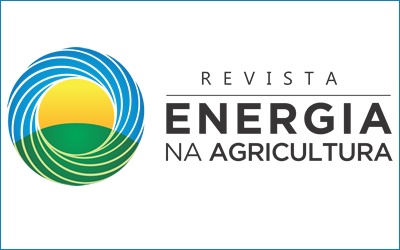Chemical properties of ultisol in different tillage systems under sugarcane cultivation
DOI:
https://doi.org/10.17224/EnergAgric.2016v31n2p200-206Resumo
The analysis of different tillage systems impact on soil properties is essential to assist farmers with management strategies. Thus, in this study, we aimed to evaluate the soil chemical properties behavior in sugarcane cultivation under different tillage systems. One tillage system consisted in five-steps deep tillage equipment and the other, in conventional method. We calculated the soil erodibility factor, as it is associated to soil chemical loss. We quantified soil organic matter, soil chemical characteristics and availability of principal nutrients, then, compared them between treatments. There was no significant difference between soil organic matter contents from both treatments. After the five-steps deep tillage, the quantity of Boron increased, while other nutrients quantities decreased. After the conventional tillage treatment, Potassium suffered a significant decrease due to soil erosion and due to high leaching characteristics of sandy soils. The soil erodibility factor was considered of high risk, this way, farmers should not flat the terrain overmuch.
Downloads
Publicado
Como Citar
Edição
Seção
Licença
Esta revista proporciona acesso publico a todo seu conteúdo, seguindo o princípio que tornar gratuito o acesso a pesquisas gera um maior intercâmbio global de conhecimento. Tal acesso está associado a um crescimento da leitura e citação do trabalho de um autor. Para maiores informações sobre esta abordagem, visite Public Knowledge Project, projeto que desenvolveu este sistema para melhorar a qualidade acadêmica e pública da pesquisa, distribuindo o OJS assim como outros software de apoio ao sistema de publicação de acesso público a fontes acadêmicas.





